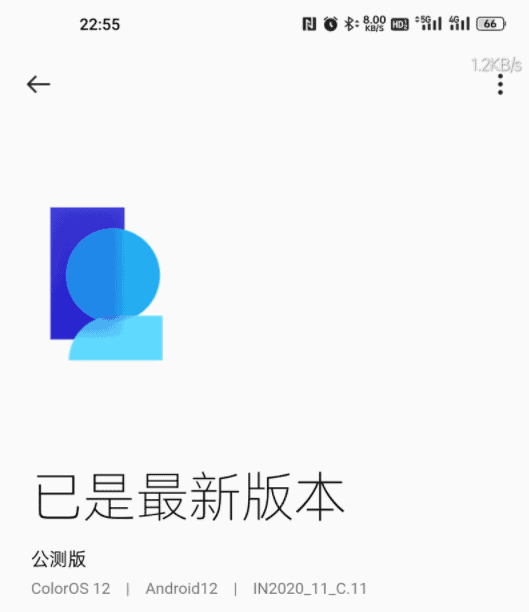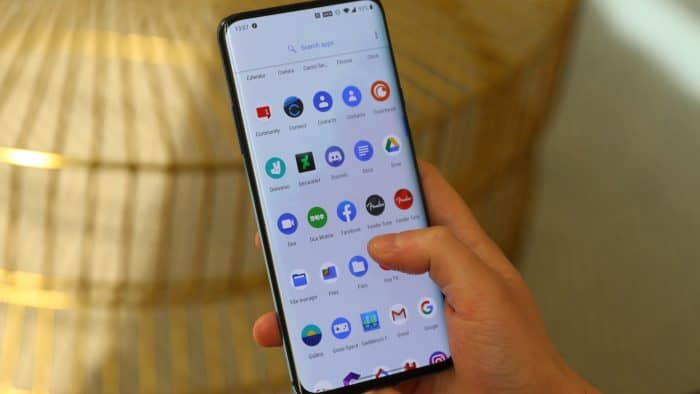Chinese manufacturer OnePlus is now releasing the ColorOS 12 public beta for the OnePlus 8 Pro and OnePlus 8T. The main feature in this update is the addition of low-light and flicker-free eye protection (DC dimming function). Recall that after the update of the OnePlus 8T to ColorOS 12, the DC Dimming feature surprisingly disappeared. OnePlus did not give any reason or explanation for its disappearance.

The current mainstream PWM dimming and DC dimming are a way to adjust the screen brightness. PWM dimming changes the screen brightness by alternating on and off of the screen. Why does my phone stay on when I adjust the screen brightness? That’s because the on/off alternation is fast enough, beyond the range of human eye perception. The longer the screen-off state lasts, the lower the screen brightness. On the contrary, the longer the screen-on time is, the brighter the screen will be.

However, different people’s eyes have different sensitivity to the screen alternately on and off. Some people are more sensitive. When encountering a screen with low-frequency PMW dimming, eye discomfort will occur which may cause severe dizziness and nausea.
OnePlus brings back DC Dimming
DC dimming changes the screen brightness by increasing or decreasing the circuit power, power = voltage x current. Thus, changing the voltage or current will change the screen brightness, and the dimming process is softer. Although DC dimming can relieve the fatigue of the human eye when looking at mobile phones for a long time, it is more friendly to those users who are more sensitive to the low-frequency PWM dimming method. However, this solution is not 100% perfect. At low brightness, DC dimming may cause an uneven “rag screen” phenomenon. This leads to loss of dynamic range and poor color uniformity.
Reports from OnePlus executives claim that DC Dimming brings many new problems. This affects the manufacturer’s screen after-sales and quality reputation.
According to Oppo ColorOS engineers, Oppo’s DC dimming is different from other manufacturers. It adopts the method of “mask dimming” + “dither smoothing”, by calling the internal Qualcomm Snapdragon platform – Snapdragon Display Engine layer mixing. In addition to the transparent blending of Dim Layers, the brightness of the content of the entire screen has been effectively reduced. However, it still retains the effect of the regular DC Dimming.
In addition, Oppo continues to explore the backlight system and finally obtains three optimal value coefficients. This finally solves the problems of color misalignment, flashing white light, and unstable brightness values. It also maximizes the eye protection of the display effect.





